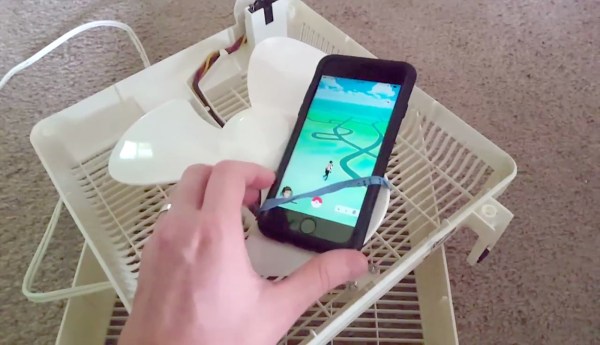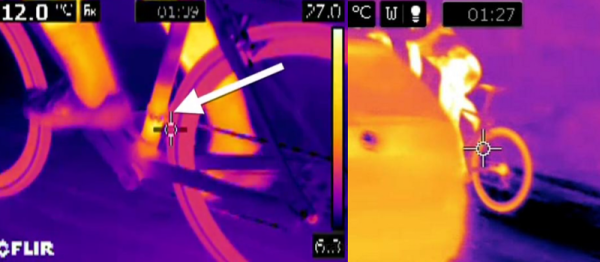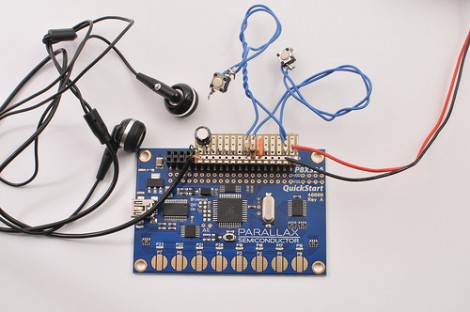[Ben Krasnow’s] latest project will be good for anyone who wants a complicated way to cheat on a test. He’s managed to squeeze a tiny FM radio receiver into a ballpoint pen. He also built his own bone conduction microphone to make covert listening possible. The FM radio receiver is nothing too special. It’s just an off the shelf receiver that is small enough to fit into a fatter pen. The real trick is to figure out a way to listen to the radio in a way that others won’t notice. That’s where the bone conduction microphone comes in.
A normal speaker will vibrate, changing the air pressure around us. When those changes reach our ear drums, we hear sound. A bone conduction mic takes another approach. This type of microphone must be pressed up against a bone in your skull, in this case the teeth. The speaker then vibrates against the jaw and radiates up to the cochlea in the ear. The result is a speaker that is extremely quiet unless it is pressed against your face.
Building the bone conduction mic was pretty simple. [Ben] started with a typical disk-shaped piezoelectric transducer. These devices expand and contract when an alternating current is passed through them at a high enough voltage. He cut the disk into a rectangular shape so that it would fit inside of the clicker on the ballpoint pen. He then encased it in a cylinder of epoxy.
The transducer requires a much higher voltage audio signal than the litter radio normally puts out. To remedy this problem, [Ben] wired up a small impedance matching transformer to increase the voltage. With everything in place, all [Ben] has to do to listen to the radio is chew on the end of his pen. While this technology might help a cheater pass an exam, [Ben] also notes that a less nefarious use of this technology might be to place the speaker inside of the mouthpiece of a CamelBak. This would allow a hiker to listen to music without blocking out the surrounding noise. Continue reading “Turning An Ordinary Pen Into A Covert Radio Receiver” →
















